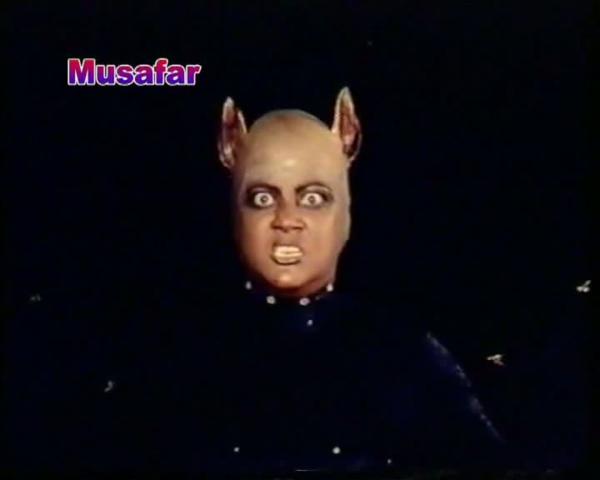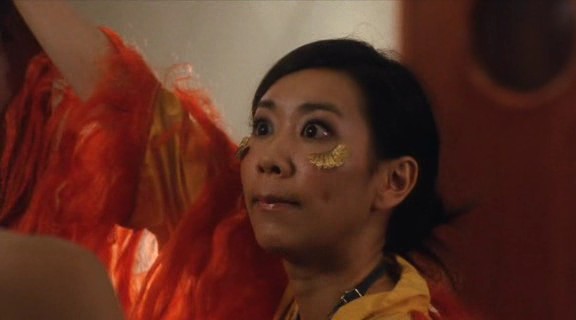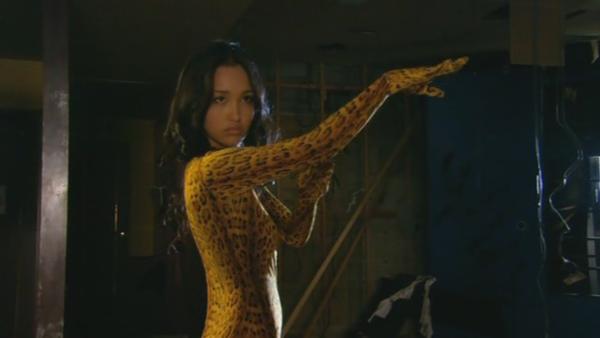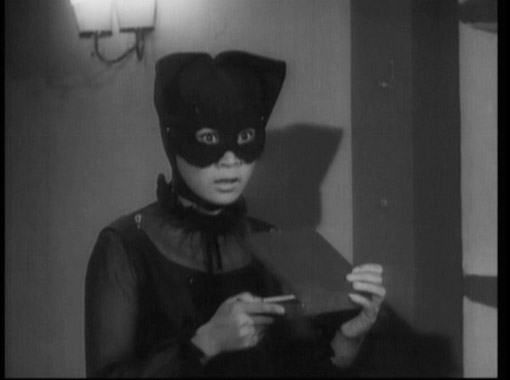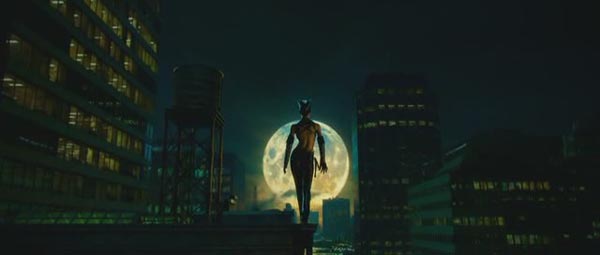Da Khwar Lasme Spogmay
aka Cat-Beast

1997![]()
Directed, written, and produced by Shehnaz

You know, there are probably many different Pakistani films I could review that explore the rich and complex social history of the culture and the various ethnic groups that make up the nation. But they all pale in comparison because none of the other films have a cat lady killing dudes!
The history of the various ethnic groups in Pakistan both pre- and post-Partition is a complicated matter that fill scholarly books. We cannot begin to go over everything in the detail it deserves in an introduction to a movie review about a cat lady who goes all Freddy Krueger on rapists. But we’ll do our best to give you a crash course.

When India was granted independence in 1947, it was split into India and Pakistan, Pakistan being set up as an Islamic country separate from the Hindu-dominated India. At the time, Pakistan was mainly populated by ethnic groups known as the Sindhi, Pashtun (aka Pukhtoon aka Pathan), Baloch, Punjabi, and Bangladeshi. Two other groups of note (more displaced people than ethnic groups) are the Moharjirs, who were Muslim Indians who fled India during the Partition, and the Biharis, Indian Muslims who moved to East Pakistan during Partition. As there was no “historic” Pakistan, the country is more or less an attempt to get several different ethnic groups with different languages to work together and form a stable government. That has been less than successful, with multiple government takeovers by the military and the 1971 civil war in East Pakistan that lead to the creation of the independent country of Bangladesh. Bangladesh has its own fine cinema tradition that we will get to someday soon, but for now let’s stay in Pakistan and
The Pashtun people are located in Western Pakistan and Southern Afghanistan. They are generally considered very conservative, and are where the Taliban came from. Pashto-language cinema was created for the Pashtun people, the industry largely based in the city of Peshawar in the province of Khyber Pakhtunkhwa. The Peshawar industry became known as Pollywood. The first Pashto film, Laila Majnoon, was made in 1939 but not released until 1942. Pashto cinema had to wait until 1960 to produce a second film, and a third trickled in during 1963. Eventually the trickle became a mighty river of films. Producers based in Lahore (aka Lollywood) have also created Pashto-language films since the 1970s, but in recent years production has slowed considerably.

Pashto cinema went through what you could call a golden age until the 1980s when TVs and VCRs became commonplace in many homes. Theaters dried up almost overnight, and the quality of cinema decline along with the tastes of the audience still heading to the theaters. Even overseas, the audience of Pashto-speakers instead turned to other forms of media. Now with the Pashto audience increasingly being the poor and a large influx Afghan refugees, and the fact the audience became almost exclusively male, the cheaply made films began to focus more on sleaze and violence. The amount of films made decreased significantly, the mighty river again returning to a slow trickle. The Pashto industry became known as a depository for awful films, some of the productions becoming infamous in their weirdness (this being one such film!) Noted India and Pakistan film expert Omar Ali Khan (also proprietor of the excellent Hot Spot Ice Cream shop and HotSpotOnline) has even mentioned that some cinemas would start out playing the normal sleazy awful film, then switch reels to European porn, and then return to the actual film for the final reel. Pashto cinema became known for women wearing skimpy costumes gyrating around with repeated zooms or closeups of the crotch region. It is just a weird thing to see. And these films passed the censor boards in the area, making the whole thing even more bizarre. Pashto men are manly men with big mustaches and everyone is shouting all the time. It’s like Turkish film to the power of 100.
Although there are efforts to try to make a resurgence in quality of Pashto cinema in recent years, it is not going to be an easy process especially with the ongoing political problems in Pakistan.

This being a female-helmed film, the many musical interludes involving dancing women of robust sizes are not as sleazed up as much of the Pashto cinema, so there is only a small amount of gyrating and zooming into crotches. Almost so little that you can take your whole family to see the film! Keep in mind the women of Pashto film are a little more….curvy…than you are probably used to. The VCD has moving graphics for the Musafa video company, you can even call them if you so desire! Tell them you love Cat-Beast, because I am sure they’d love to hear from you. Besides the cast below, Kamran, Liaqat, and Umar Daraz are listed as cast members but I have no idea who is who.

|



